Bushwillow Tree
- November 14, 2024
- 0 comment
The Bushwillow tree, scientifically known as Combretum erythrophyllum, is a resilient and adaptable tree native to parts of Africa. Known for its striking foliage and ecological benefits, this tree plays a significant role in maintaining biodiversity and promoting soil health.

Bushwillows are appreciated for their ability to thrive in challenging environments, making them vital for ecosystems, particularly in regions prone to drought and soil erosion. This tree is a part of the Combretaceae family, renowned for species that enrich ecosystems through soil stabilization, shelter provision, and support for local wildlife.
What Is a Bushwillow Tree?
The Bushwillow tree (Combretum erythrophyllum) is a deciduous tree known for its rounded canopy, unique leaf shape, and tolerance to varying climatic conditions. It belongs to the Combretaceae family, a group that includes trees and shrubs valuable for their resilience and ecological contributions.
Characteristics of the Bushwillow Tree:
- Leaves: Oval-shaped and turn a vibrant red in autumn, creating a visually striking display.
- Bark: Smooth and grey when young, maturing to a darker, more textured surface with age.
- Flowers: The tree produces small, inconspicuous yellowish-green flowers, which later develop into four-winged, papery fruits.
- Interesting Fact: Bushwillow trees can thrive in poor soils, contributing to soil health by stabilizing it and preventing erosion. They also tend to have a long lifespan, living for several decades.
Three Different Types of Bushwillow Tree Species
There are various species within the Combretum genus. Some of the most notable ones include:
Combretum Erythrophyllum (River Bushwillow)
Known for its tolerance to waterlogged soils and ideal for stabilizing riverbanks.
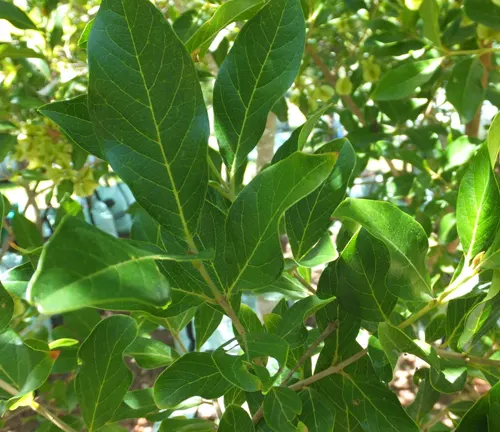
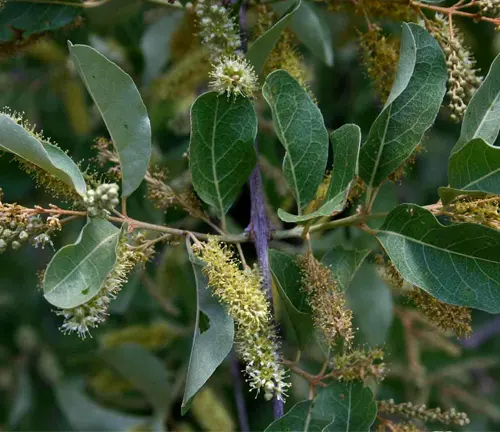
Combretum Imberbe (Leadwood Bushwillow)
Recognized for its extremely hard wood, often used in traditional carvings and construction.
Combretum Molle (Velvet Bushwillow)
Distinguished by its velvety leaves and ability to thrive in savannah regions.
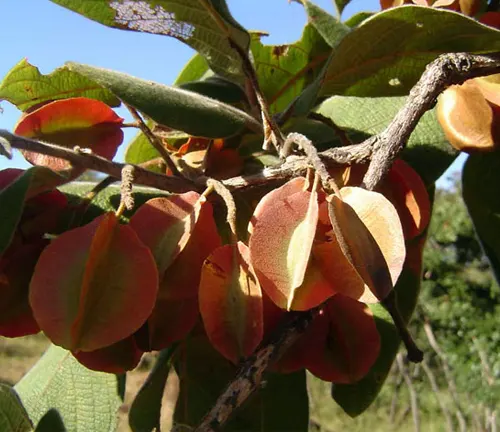
Each species varies slightly in terms of size and habitat. For instance, the Leadwood species grows significantly taller and denser than the River Bushwillow, while the Velvet Bushwillow has leaves covered in soft hairs, helping it conserve water in arid regions.
Where Do Bushwillow Trees Grow?
Bushwillow trees naturally thrive in subtropical and tropical regions of Africa, specifically in countries like South Africa, Botswana, and Zimbabwe. They grow along rivers, in woodlands, and on savannah plains. Their adaptability to different environments allows them to grow in various climates, from wet riverbanks to drier, arid areas. This adaptability makes them essential for soil stabilization and in creating habitats for other plants and animals within their range.
How to Grow and Care for Bushwillow Tree
For those interested in growing Bushwillow trees, consider the following tips:
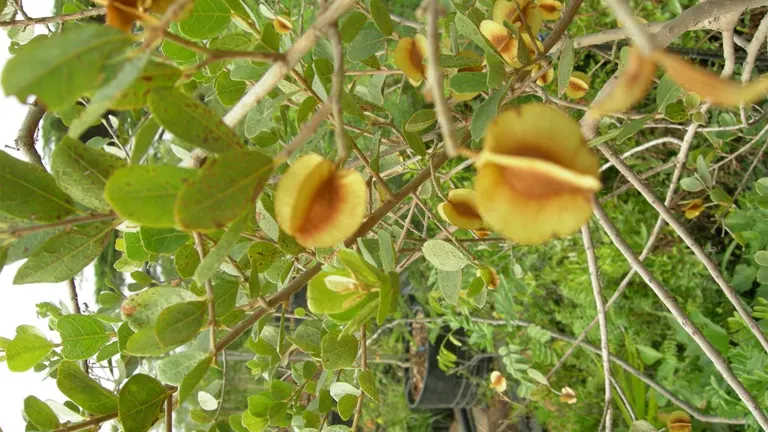
- Soil: These trees prefer well-draining, sandy soils but can also grow in clay-rich or even poor soils.
- Water: Bushwillow trees are drought-tolerant, so they do not require excessive watering. However, they benefit from occasional deep watering, especially during dry seasons.
- Sunlight: Full sunlight is best for healthy growth.
- Propagation: The tree can be propagated from seeds, which should be soaked in water for 24 hours before planting to encourage germination.
Maintenance Tips:
- Pruning: Remove any dead or damaged branches to maintain its shape and health.
- Pest Control: Bushwillows are relatively pest-resistant, but they can occasionally suffer from fungal infections, which can be treated with appropriate fungicides.
Ecological Benefits of Bushwillow Tree
Bushwillow trees are invaluable to their environments due to their numerous ecological benefits:
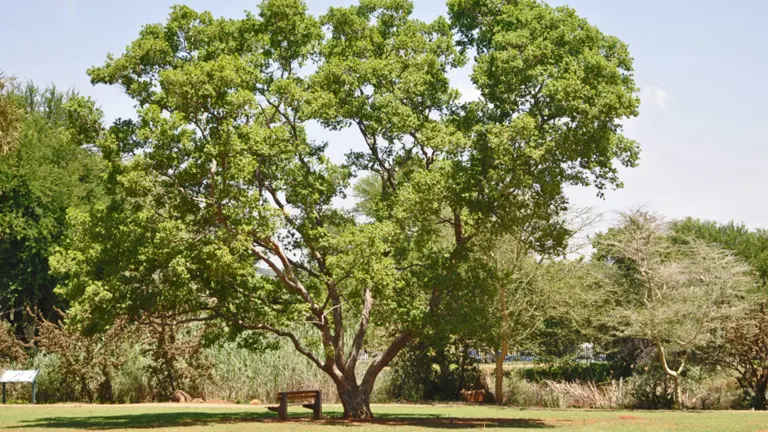
- Soil Health: They contribute to soil stabilization, preventing erosion, especially along riverbanks.
- Biodiversity Support: Their fruits and leaves provide food for various animals and insects, while their branches offer nesting spots for birds.
- Carbon Sequestration: Like many trees, Bushwillows play a role in reducing carbon dioxide levels, thus benefiting air quality.
Bushwillow Tree Flowering and Pollination
Bushwillow trees bloom in the spring, producing small, yellow-green flowers that, while not particularly striking, are essential for pollination. These blooms emit a subtle fragrance that attracts bees, butterflies, and other pollinators, which are crucial for the reproduction of many plants in the ecosystem.
Is the Bushwillow Tree Drought-Tolerant?
Yes, the Bushwillow tree is highly drought-tolerant, which allows it to survive in harsh climates where other trees might struggle. It has developed mechanisms, such as deep root systems and thick bark, to conserve water and protect itself during long dry periods. This characteristic makes it an excellent choice for reforestation projects in arid or semi-arid regions.
Bushwillow Tree and Wildlife Interactions
The Bushwillow tree is deeply interconnected with local wildlife:
- Food Source: Its fruits are a source of nourishment for birds, while its leaves are eaten by various herbivores.
- Shelter: Its canopy provides shade and shelter for many small animals and insects.
- Symbiotic Relationships: The tree often shares a mutualistic relationship with ants and other insects, which help protect it from harmful pests.
Conclusions
The Bushwillow tree (Combretum erythrophyllum) holds a valuable place in the natural world and in human society. Its ability to stabilize soil, provide resources for wildlife, and thrive in various environments makes it an essential species for biodiversity and environmental conservation. By understanding and appreciating trees like the Bushwillow, we can work towards preserving the delicate balance of our ecosystems and ensuring that these resilient trees continue to support both the environment and the many species, including humans, who depend on them.
Frequently Asked Questions (FAQs)
- What is the Bushwillow tree?
The Bushwillow tree, scientifically known as Combretum erythrophyllum, is a resilient tree native to Africa, known for its vibrant red leaves in autumn and its important ecological role. - Where does the Bushwillow tree naturally grow?
Bushwillow trees are commonly found in subtropical and tropical African regions, often along riverbanks, savannahs, and woodlands. - What are the main characteristics of the Bushwillow tree?
It has oval, reddish leaves, yellow-green flowers, and a unique four-winged fruit. Its bark is initially smooth but becomes more textured with age. - How does the Bushwillow tree benefit the environment?
The Bushwillow stabilizes soil, prevents erosion, and supports biodiversity by providing food and shelter for local wildlife. - Is the Bushwillow tree drought-tolerant?
Yes, it is highly drought-tolerant, making it suitable for arid and semi-arid climates, where it conserves water through deep roots and thick bark. - How can I grow a Bushwillow tree at home?
Plant it in well-draining soil with full sunlight. It requires minimal watering, especially once established, and can be propagated from seeds. - What species of Bushwillow trees exist?
Some popular species include Combretum erythrophyllum (River Bushwillow), Combretum imberbe (Leadwood), and Combretum molle (Velvet Bushwillow), each adapted to specific habitats. - When does the Bushwillow tree flower?
Bushwillow trees typically flower in spring with small yellow-green flowers that attract pollinators like bees and butterflies. - What wildlife interacts with the Bushwillow tree?
Birds and insects feed on its fruits, while animals and insects rely on it for shelter. Some ant species protect the tree from harmful pests in a mutualistic relationship. - Why is the Bushwillow tree important?
It enhances ecosystem health by improving soil quality, supporting wildlife, and offering a sustainable solution for reforestation and land conservation.
We hope this guide has highlighted the Bushwillow tree’s ecological importance. Have experiences with Bushwillows or ideas for their conservation? Share your thoughts below! Your insights can help others appreciate these trees’ role in biodiversity and soil health. Don’t forget to share this guide with those passionate about a greener, healthier planet.


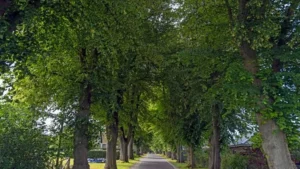
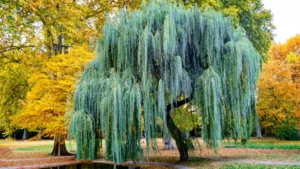


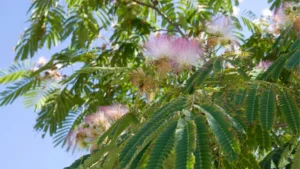
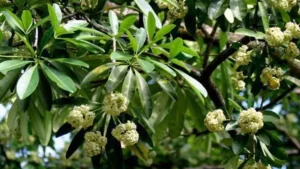
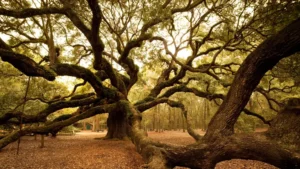
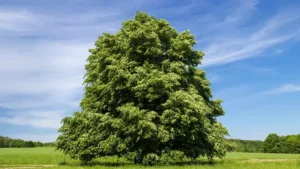
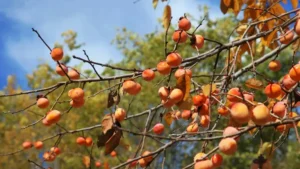
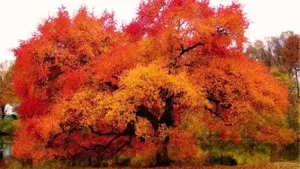
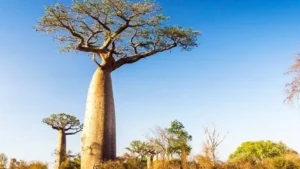
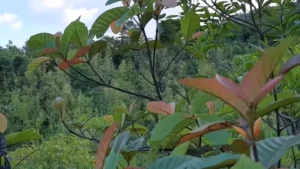
Leave your comment